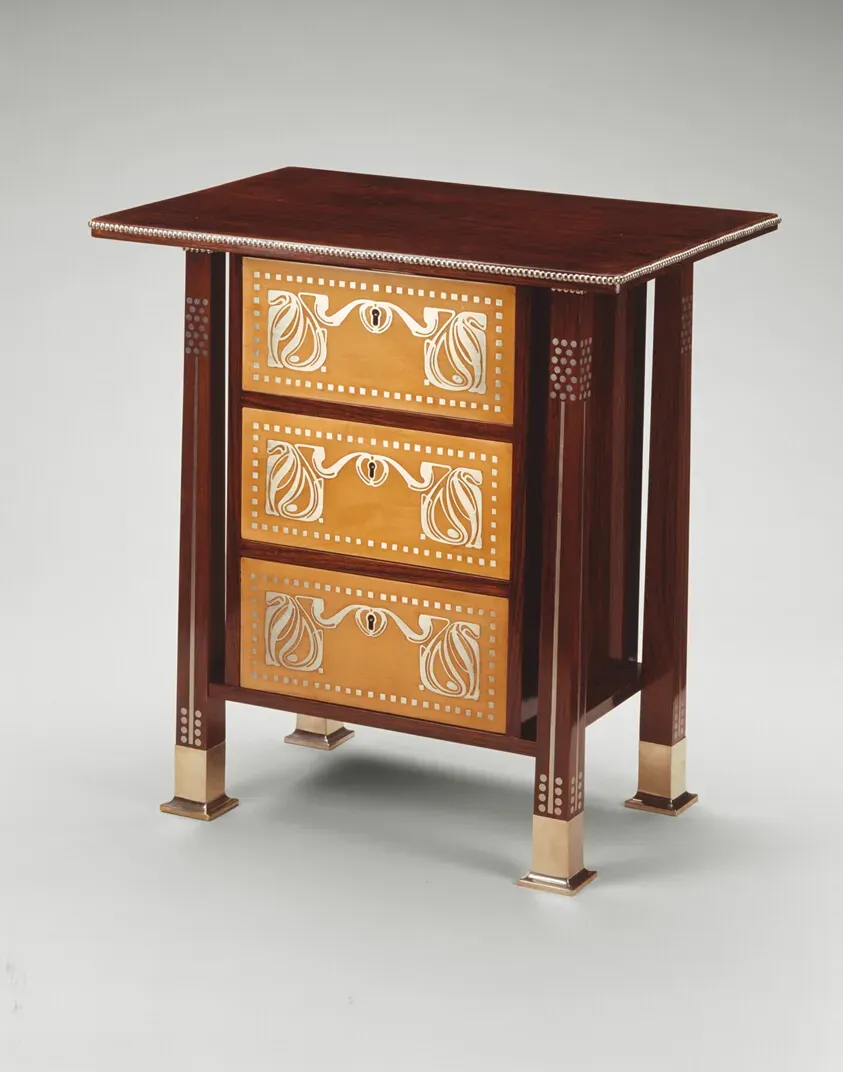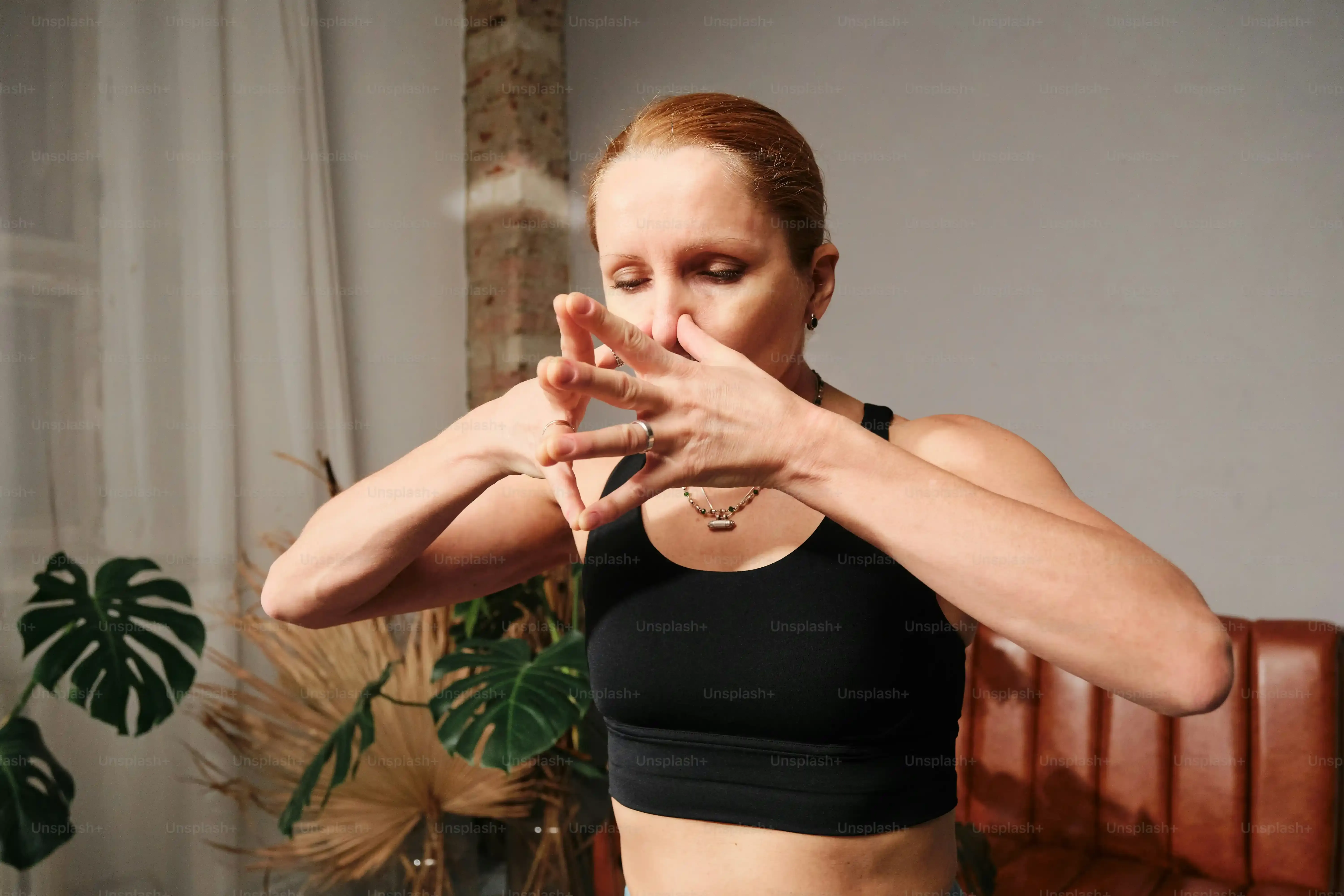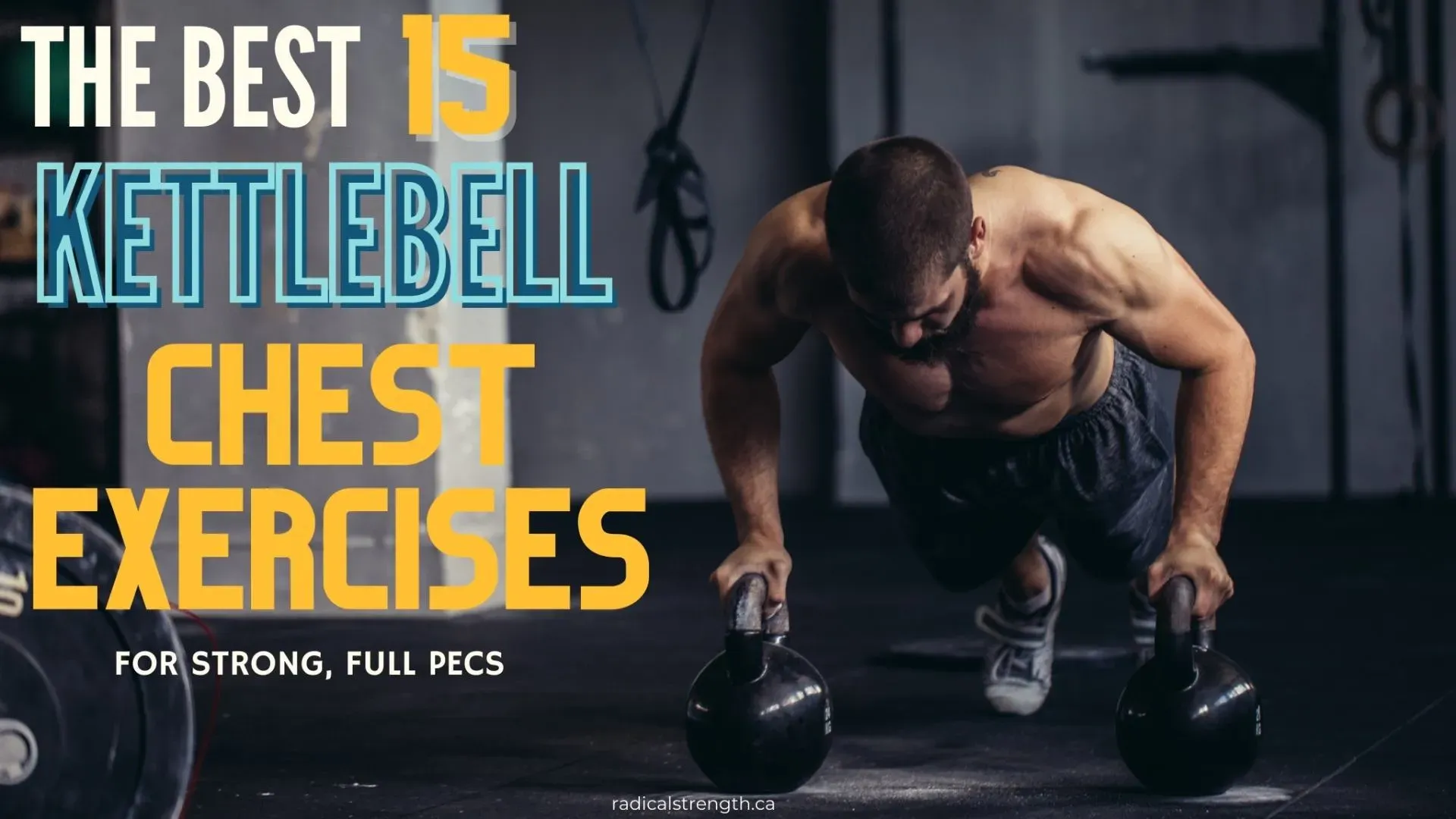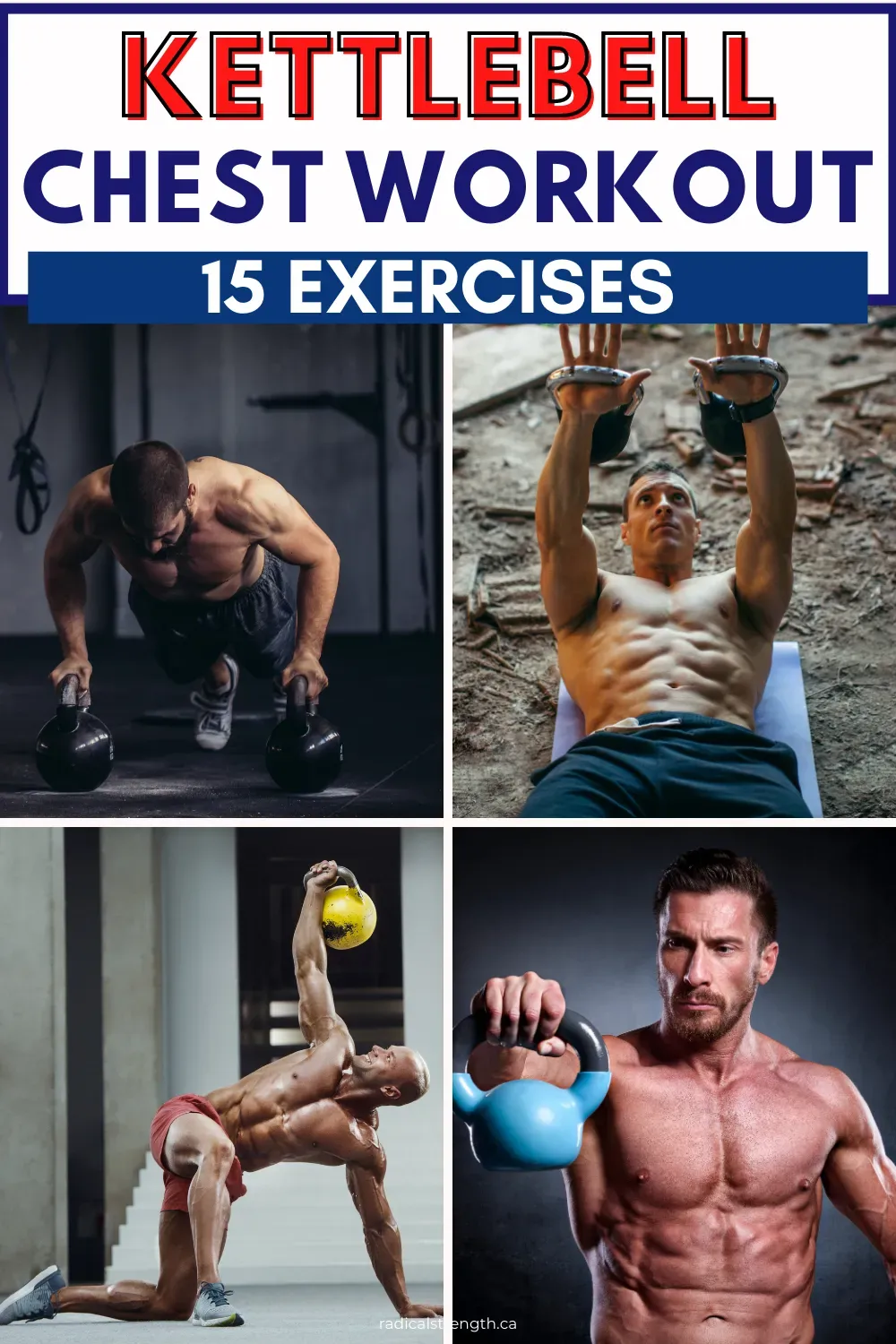Table of Contents
Alright, let's talk chest day. Maybe you've seen people swinging those funny-looking cannonballs with handles, the kettlebells, and wondered if they're just for squats and swings. Can you actually build a solid chest with them, especially if you're just starting out? The answer is a definite yes, and getting into a kettlebell chest workout as a beginner is totally doable. Forget needing a gym full of machines or heavy barbells right away.
Why Add a Kettlebell Chest Workout to Your Beginner Routine?

Why Add a Kettlebell Chest Workout to Your Beginner Routine?
Beyond the Barbell: Unique Benefits for Beginners
So, you're just starting out, maybe feeling a bit intimidated by the big benches and heavy plates. That's totally fine. Jumping into a kettlebell chest workout as a beginner offers some distinct advantages that traditional weightlifting might not immediately provide. Kettlebells have a different center of mass compared to dumbbells or barbells. It's off-center, which means your body has to work harder to control the weight, especially during presses or flyes.
This isn't just about lifting heavy; it's about controlling the weight through space. For a beginner, this can translate into better body awareness and engaging those smaller, stabilizing muscles that are crucial for preventing injuries down the road. Think of it as building a really solid foundation before you start stacking on the bricks.
Building Stability and Functional Strength
One big win with kettlebells for a beginner chest workout is the emphasis on stability. When you're pressing or moving a kettlebell, your core, shoulders, and even your grip are constantly engaged to keep the weight from wobbling all over the place. This isn't just about making your chest muscles bigger; it's about building strength that translates to real-life movements.
Doing exercises like floor presses or even push-ups with hands on kettlebells challenges your balance and control in a way that lying flat on a bench doesn't. This functional strength aspect is incredibly valuable when you're just starting your fitness journey. You're not just training isolated muscles; you're training your body to work as a coordinated unit.
- Improved stability and balance
- Engaged core and stabilizing muscles
- Enhanced body awareness
- Strength that applies to everyday tasks
- Lower barrier to entry than heavy barbell work
Accessibility and Variety in Your Routine
Another practical reason to consider a kettlebell chest workout for beginners is accessibility. You don't need a full gym setup. A single kettlebell, or maybe a pair, is enough to get a really effective chest workout done, whether you're at home, in a park, or a small gym corner. This removes a common barrier for people just starting out.
Plus, kettlebells offer a surprising variety of movements for the chest, even beyond the standard presses. You can do different angles on the floor, incorporate dynamic movements later on, or use them for weighted push-ups. This keeps your routine fresh and prevents the boredom that can sometimes derail a beginner's motivation. It's a simple tool, but incredibly versatile for building strength.
Essential Kettlebell Chest Workout Beginner Exercises to Master

Essential Kettlebell Chest Workout Beginner Exercises to Master
Getting Down to Brass Tacks: The Core Moves
so you're sold on the idea of a kettlebell chest workout for beginners. Great. But where do you actually start? You don't need to know fifty different fancy moves right away. The real progress comes from mastering the basics. We're talking about exercises that hit the chest effectively while being manageable with a kettlebell, even if you're still figuring out which end is up with this piece of iron. These are the foundational presses and movements that will build strength and get you comfortable controlling the weight.
- Kettlebell Floor Press (Single Arm)
- Kettlebell Floor Press (Double Arm)
- Kettlebell Close-Grip Floor Press
- Weighted Push-Ups (Hands on Kettlebell handles - advanced beginner)
Putting Together Your First Kettlebell Chest Workout Beginner Session

Putting Together Your First Kettlebell Chest Workout Beginner Session
Picking Your First Kettlebell and Setting the Stage
you've got the kettlebell (or you're about to get one) and you know the basic moves like the floor press. Now, how do you actually turn that into your first kettlebell chest workout as a beginner? Don't overthink it. The goal here is to build confidence and good form, not lift the heaviest weight in the room. Start light. Seriously. Lighter than you think you might need. A good starting point for most men might be a 12kg or 16kg kettlebell, and for women, maybe an 8kg or 12kg. You can always go up later. It's way better to finish your workout feeling like you could have done a little more than feeling completely wiped out or, worse, hurting yourself.
Find a comfortable spot on the floor. Make sure you have enough room to extend your arms without hitting anything. A yoga mat or just a soft spot on the carpet works great. Hydrate before you start. Get your mind ready to focus on the movement, not just moving the weight from point A to point B.
Designing Your First Workout Flow: Sets, Reps, and Rest
For your initial kettlebell chest workout beginner session, keep it simple and focused. Choose maybe 2-3 exercises from the core moves we discussed earlier. The single-arm floor press is a fantastic starting point because it helps highlight any imbalances between your left and right sides. You could pair that with a double-arm floor press or maybe even some elevated push-ups if you feel ready.
Aim for 3 sets of 8-12 repetitions for each exercise. Focus on controlled movements. Lower the kettlebell slowly, feel the stretch in your chest, and press it back up with power but still under control. Don't let the weight just drop. Rest for about 60-90 seconds between sets. This gives your muscles a chance to recover enough to perform the next set with good form. Listen to your body; if something feels off, stop. Consistency over intensity is key when you're starting out.
Sample Kettlebell Chest Workout Beginner Routine:
- Warm-up (5 minutes of light cardio and arm circles)
- Kettlebell Single-Arm Floor Press: 3 sets of 8-12 reps per arm
- Kettlebell Double-Arm Floor Press: 3 sets of 8-12 reps
- (Optional) Elevated Push-ups (hands on stable surface like a step or bench): 3 sets of as many reps as you can with good form
- Cool-down (5 minutes of stretching)
Common Mistakes to Avoid in Your Kettlebell Chest Workout as a Beginner

Common Mistakes to Avoid in Your Kettlebell Chest Workout as a Beginner
Going Too Heavy, Too Soon
It's tempting to grab the heaviest kettlebell you see right off the bat. You might think more weight equals faster gains, especially when starting a kettlebell chest workout as a beginner. But that's a surefire way to invite bad form and potential injury. Kettlebells are dynamic; their weight distribution feels different. Trying to muscle up a bell that's too heavy means you'll likely sacrifice control, arch your back excessively during presses, or let your shoulder take over the movement instead of your chest. Start with a weight you can comfortably control for 8-12 reps with good form. Focus on feeling the muscles you're supposed to be working.
Ignoring Your Setup and Control
Another frequent slip-up for a beginner kettlebell chest workout is neglecting the setup and the eccentric (lowering) phase of the movement. Just flopping down and pressing isn't going to cut it. Getting the kettlebell into the starting position safely, especially for floor presses, requires a specific technique (often called "laundering" the bell). Once you're pressing, letting the weight just drop back down is leaving gains on the table and increases stress on your joints. You need to control the kettlebell on the way down, maintaining tension in your chest and shoulders. This controlled negative is just as important as the press itself for building strength and muscle.
- Don't choose ego weight; start light.
- Prioritize form over the number on the kettlebell.
- Learn how to safely get the kettlebell into position.
- Control the weight during the lowering phase of every rep.
- Avoid arching your lower back excessively during presses.
Progressing Your Kettlebell Chest Workout Beyond the Beginner Stage

Progressing Your Kettlebell Chest Workout Beyond the Beginner Stage
Taking the Next Step: More Weight, New Angles
so you've been hitting your kettlebell chest workout beginner routine for a few weeks now. You're comfortable with the floor presses, your form is solid, and those 8-12 reps feel, well, easy. That's the signal you're ready to move beyond the absolute beginner phase. Progression isn't just about slapping on more weight, though that's definitely one way. It's also about challenging your muscles in different ways. You can increase the reps you do for each set, maybe pushing towards 15. Or, you can add another set to each exercise. Think about adding a slight pause at the bottom of your press to increase time under tension. You could also explore variations like the crush grip press (pressing the bells together) or even start working towards elevated push-ups with your hands on the bells if you haven't already. The point is to keep giving your chest a reason to adapt and get stronger.
- Increase the weight of your kettlebells.
- Add more repetitions per set (e.g., 12-15 reps).
- Perform more sets per exercise (e.g., 4 sets instead of 3).
- Introduce pauses or slower negatives for increased time under tension.
- Explore variations like the crush grip press.
- Work towards elevated push-ups with hands on bells.
Wrapping Up Your Kettlebell Chest Workout Journey (So Far)
So there you have it. Starting a kettlebell chest workout as a beginner isn't some dark art reserved for the super fit. It boils down to picking a few solid moves, focusing on getting them right, and actually doing them consistently. Don't expect to look like a granite statue overnight, but stick with these basics. Kettlebells offer a unique way to challenge your chest, requiring more than just brute force. Master these fundamental exercises, pay attention to how your body feels, and you'll build a foundation that's anything but shaky. Now, go pick up that bell and get to it.